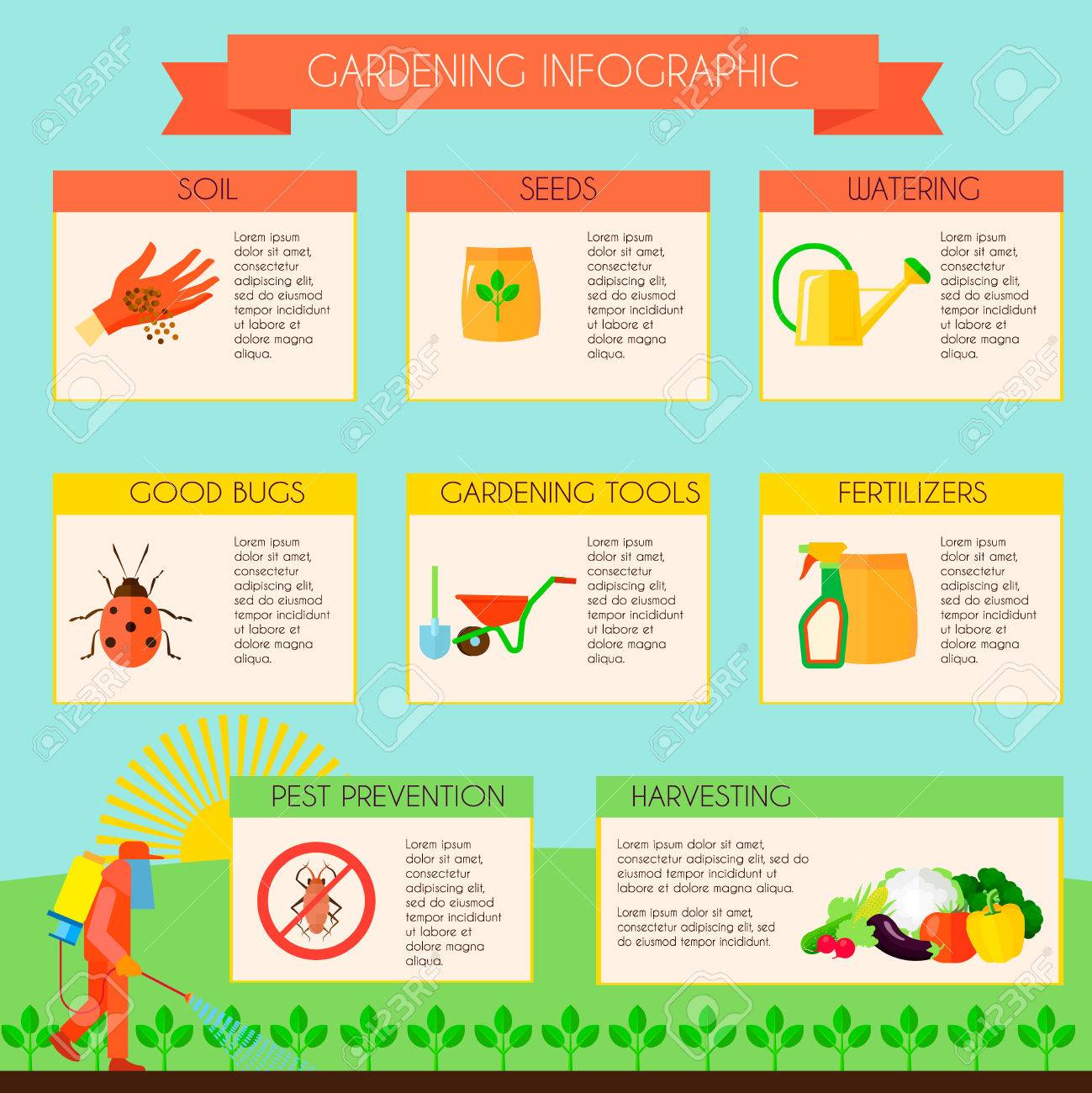Discover The Tricks Of Rodent Behavior And Change Your Insect Control Strategy! Get Specialist Understandings Currently And Say Goodbye To Those Troublesome Pests Forever!
Discover The Tricks Of Rodent Behavior And Change Your Insect Control Strategy! Get Specialist Understandings Currently And Say Goodbye To Those Troublesome Pests Forever!
Blog Article
Author-Craig Brun
Imagine having the ability to prepare for the steps of your challengers in a game of chess, always remaining one step in advance.
On the planet of parasite control, understanding rodent behavior resembles having that strategic benefit. By gaining expert understandings right into the nesting routines, feeding patterns, and communication and social actions of rats, you can properly battle these pesky creatures.
But exactly how specifically do rats behave, and why is it important to recognize? In this discussion, we will unravel the secrets of rodent habits, providing you with important understanding that will aid you remain in advance in the battle against insects.
Are you prepared to uncover the tricks of these shrewd animals?
Nesting Habits
To understand rodent actions and efficiently control pests, it is essential to obtain insight into their nesting behaviors.
Rats, such as mice and rats, have a natural impulse to discover shelter and develop nests where they really feel safe and safe. These nests serve as their homes, breeding premises, and storage areas for food. Comprehending their nesting habits can assist you recognize possible areas of infestation and carry out targeted control actions.
Rodents commonly like nesting in dark, remote spaces, such as attic rooms, basements, crawl spaces, and wall spaces. They make use of products like shredded paper, fabric, insulation, and also chewed-up electrical cables to construct their nests.
Feeding Patterns
Rats show distinctive feeding patterns that play a critical duty in their habits and can inform efficient bug control approaches. Understanding these patterns is important for executing effective parasite control procedures.
Rats are opportunistic feeders, suggesting they'll take in whatever food is conveniently offered. They've a preference for high-calorie foods such as grains, nuts, and seeds. professional flea removal is why appropriate storage of food and waste monitoring are crucial in preventing rodent infestations.
In https://louisnbzfc.liberty-blog.com/25913519/taking-care-of-parasites-in-your-home-discover-how-professional-parasite-control-services-can-help-you-in-getting-rid-of-usual-household-parasites , rodents are nocturnal, which implies they're most active during the evening when they search for food. By knowing their feeding patterns, you can purposefully position traps and baits to optimize their effectiveness.
Maintaining food resources inaccessible and keeping a tidy setting can aid deter rodents and decrease the threat of invasion.
Communication and Social Behavior
Comprehending just how rodents connect and engage socially is essential for effective pest control approaches. Rats, like computer mice and rats, have intricate interaction systems that they use to share information to each various other and collaborate their activities. Right here are three crucial facets of rodent communication and social habits:
1. Vocalizations: Rodents produce a variety of vocal audios, including squeaks, tweets, and chattering, to connect with each other. These vocalizations can communicate numerous messages, such as risk warnings or mating calls.
2. Scent marking: Rodents use scent glands to leave chemical signals on objects and in their setting. These scent marks act as territorial borders and communicate details about reproductive status, dominance, and social association.
3. Social hierarchy: Rats have a hierarchical social structure, with dominant people having access to resources and preferred nesting websites. Understanding this power structure is necessary for targeting bug control efforts and determining essential individuals for removal.
Conclusion
So, there you have it - a short peek into the interesting world of rodent actions. By understanding their nesting practices, feeding patterns, and interaction, we can much better deal with the issue of insect control.
Did you understand that a women mouse can create approximately 10 litters annually, with each trash containing around 5-6 pups? This astonishing statistic highlights the value of punctual and efficient bug monitoring to stop rodent populaces from spiraling out of hand.
